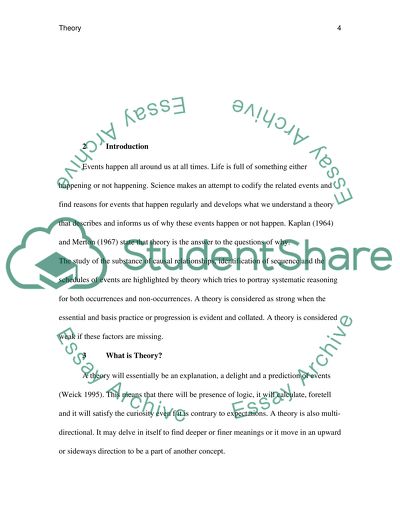Cite this document
(“Is International Trade Driven By Theory Essay Example | Topics and Well Written Essays - 1750 words”, n.d.)
Is International Trade Driven By Theory Essay Example | Topics and Well Written Essays - 1750 words. Retrieved from https://studentshare.org/marketing/1544500-is-international-trade-driven-by-theory
Is International Trade Driven By Theory Essay Example | Topics and Well Written Essays - 1750 words. Retrieved from https://studentshare.org/marketing/1544500-is-international-trade-driven-by-theory
(Is International Trade Driven By Theory Essay Example | Topics and Well Written Essays - 1750 Words)
Is International Trade Driven By Theory Essay Example | Topics and Well Written Essays - 1750 Words. https://studentshare.org/marketing/1544500-is-international-trade-driven-by-theory.
Is International Trade Driven By Theory Essay Example | Topics and Well Written Essays - 1750 Words. https://studentshare.org/marketing/1544500-is-international-trade-driven-by-theory.
“Is International Trade Driven By Theory Essay Example | Topics and Well Written Essays - 1750 Words”, n.d. https://studentshare.org/marketing/1544500-is-international-trade-driven-by-theory.


